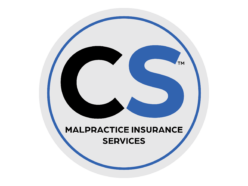Unresolved Congenital Torticollis and Its Consequences: A Report of 2 Cases
A ChiroSecure Research Update
Abstract: The purpose of this report was to describe the clinical presentation and case management of 2 children with congenital torticollis.
Discussion: Two male children (ages 6 and 10 years) presented to a chiropractic clinic with a history of congenital torticollis. They showed signs and symptoms of postural deficiency and developmental delay: posterior plagiocephaly, facial scoliosis, head tilt, compensatory thoracic scoliosis, decreased range of motion in the cervical spine, palpable decreased segmental motion of the upper cervical spine, and an age-related delay in throwing and catching a ball and in one-leg standing.
Both children received chiropractic care (spinal manipulative therapy) and physical therapy (therapeutic exercises, including neck, back, and coordination exercises). Each patient responded favorably with improvement in both structural (posture) and functional (range of motion of the spine and coordination) deficits.
Conclusion: Both patients responded favorably to the combined therapy. These findings suggest that children with congenital torticollis may benefit from a treatment plan that includes a broad therapeutic approach based on the principles of biomechanics and sensorimotor development.
Reference: Hobaek Siegenthaler M. Unresolved Congenital Torticollis and Its Consequences: A Report of 2 Cases. J Chiropr Med. 2017 Sep;16(3):257-261. doi: 10.1016/j.jcm.2017.05.004. Epub 2017 Sep 28. PMID: 29097958; PMCID: PMC5659808.





